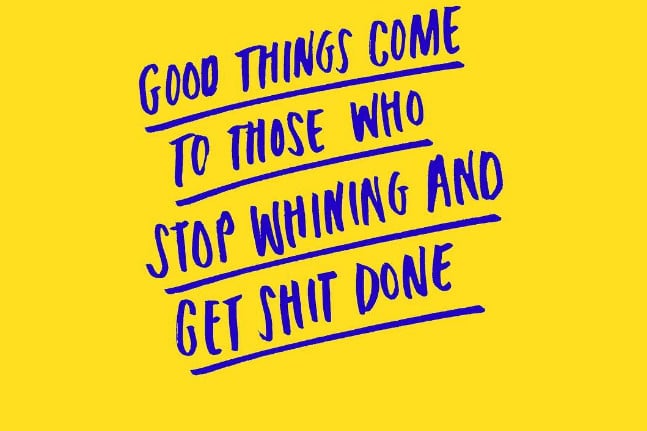As a lover of unadulterated colour and a celebrator of imperfections, graphic designer/art director Jessica Walsh’s work is bold, daring and provocative. She is no stranger to pushing boundaries and being fearless in her work.
From how she beats procrastination, to the pros and cons of specialization vs generalization, Walsh can often be found sharing wisdom and advice with fellow freelancers and digital creatives (for example, this past project of hers with fellow designer Timothy Goodman we featured earlier this year).
Now you can get advice all summer long. Every Monday you can ask Walsh your own questions on Instagram with the hashtag #jessicasAMAmondays and she’ll answer them throughout the week.
The series started last week and we rounded up some of her recent answers to give you a taste of what you can expect in the weeks to come.
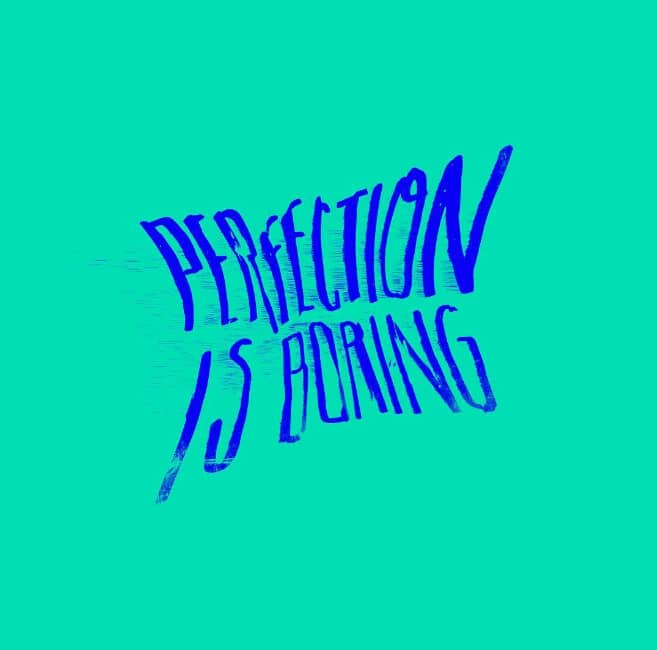
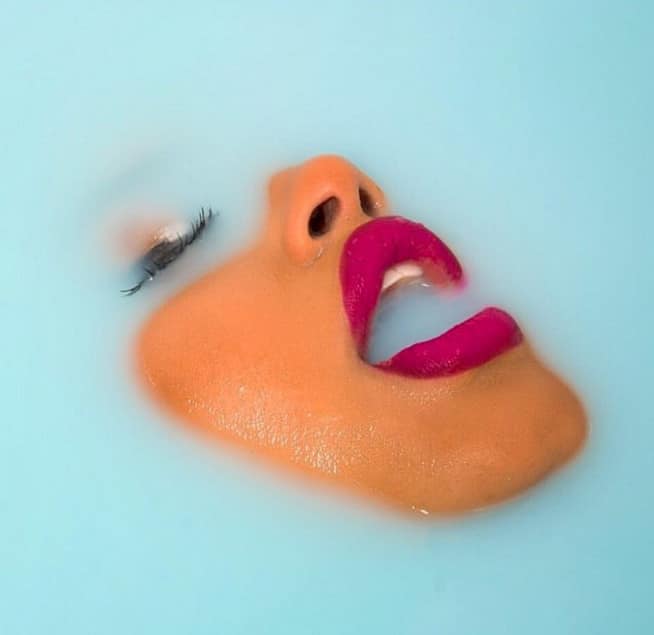
Here’s Jessica’s thoughts on a big question bought up by user @marinaesmeraldo:
Q: What are techniques for coming up with ideas for a new project?
Jessica Walsh: Many people struggle with ideas, especially when it comes to self-initiated projects or their own business concepts. It’s easier with creative client work as you’re often given set rules and limitations from the client such as timeline, budgets, or pre-existing style guides to work within.
With your own projects, you can do anything! That is exciting but it’s also daunting. Most people end up drowning when the possibilities are endless. It’s like going to a restaurant with a thousand items on the menu, it’s much harder to figure out what you want.
I think most of the best ideas start with the question “Why?”. What are the struggles in your life? What are things you are unhappy with that could be improved? These could be things that bother you in your daily routine, things that bother you about yourself, or things you think can be improved in the world. Create a list of all these “Whys?”, and hone in on the ones you’re most passionate about. The things that excite you/infuriate you most are the ones you’re more likely to dedicate your time following through with.
Then ask yourself what you could do to fix each of these problems. Make mind maps and word association charts. If your struggle is with your roommates never doing the dishes, maybe you make an app that helps you split up/schedule chores. If you are a hoarder of clothing but can never find anything to wear, maybe you invent a site that lets you easily catalogue the clothing in your closet and try on clothes onto a customized avatar. If you’ve never gotten over the death of your grandmother, maybe you create a Instagram handle where each day you post an artwork about a piece of advice she gave to you growing up.
Coming up with ideas is actually not that difficult compared to following through.

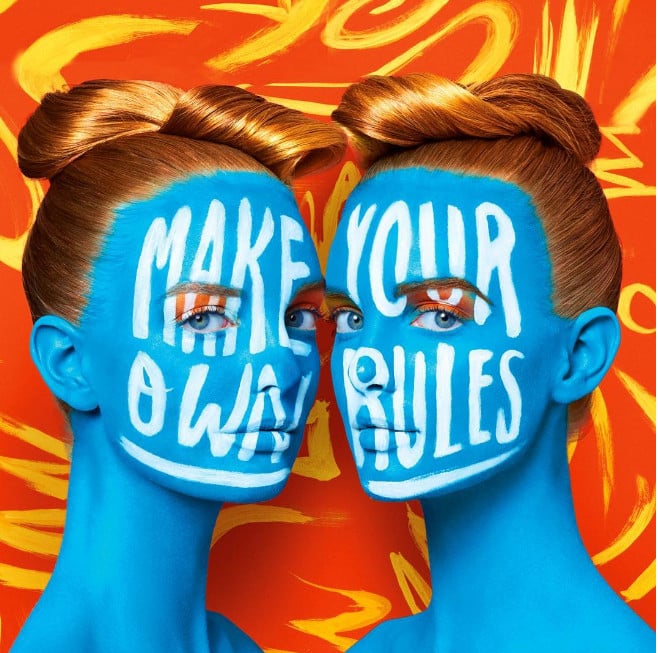
In her next post on @marinaesmeraldo’s question , Walsh dives in further, breaking down the techniques she uses and just how important it is to use constraints and to put restrictions on yourself to generate unexpected results:
Walsh: Constraints are really one of the best tricks I’ve found for coming up with new ideas or styles. I learned very early on that when the possibilities are endless and there are no rules or constraints to work in, it’s very difficult to come up with concepts. I ended up getting lost in the sea of endless possibilities and wasted so much time stuck in the ideation phase. So often in my work (personal or client based) I’ve created my own rules or parameters to experiment within. It also makes it easier to develop unique visual languages within tight constraints.
Writers like Dr. Seuss and Hemingway used this technique for a long while as a way to develop a unique voice or style but it also works well in design. So if you are stuck on something, try making your own constraints to experiment within.
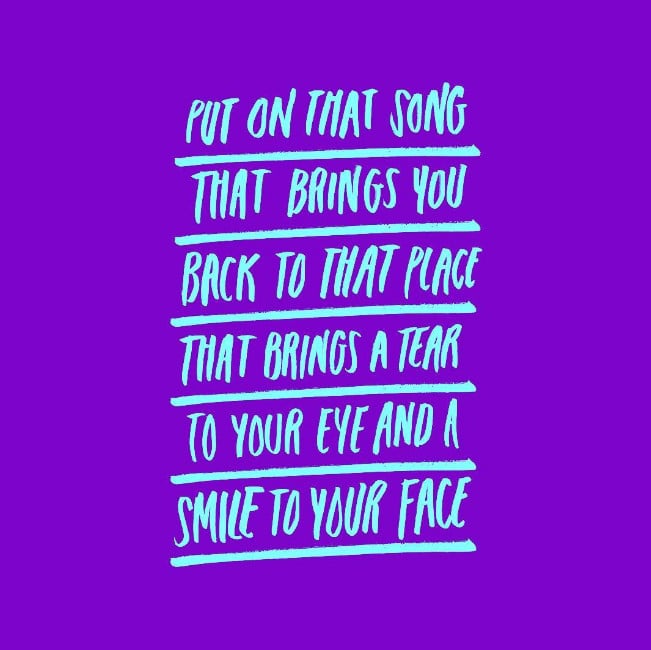
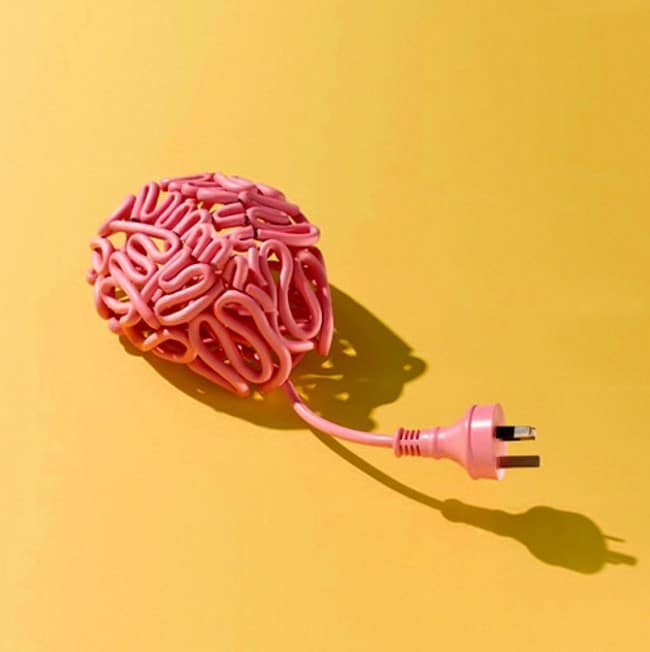
Practically speaking, Walsh says time constraints are one of the most helpful tools you can use in your practice, whether design related or not. Everybody needs a deadline to work to, and as she says, “Good things come to those who stop whining and get shit done”:
Walsh: If you don’t keep yourself to a strict schedule like you do with your client work, you’ll never get shit done. So the first constraint should be a deadline. Put milestones and a project launch date on the calendar and treat it like client work.
I think having a partner in self-initiated work helps because you can hold each other accountable for meeting these deadlines, and you can push each other to get things made. So find a buddy like you would for going to the gym. After you have a deadline, you need rules to work within.
For 40daysofdating, for example, we created six rules that we followed. One rule was doing daily drawings and filling out a daily questionnaire based on our feelings about the experiment that day.
What are your projects rules? Is your project something you do every day? Once a week or month? Do you take a photograph of your kids in the same spot each day? Do you do one illustration of the same thing but with a different tool or material every day? Do you challenge yourself to create a modern pattern for socks inspired by a different era of history every month? Will these live on a Tumblr? Or do you create an Instagram account? Are you mailing these out to people as you make them? A 365 page zine? Setting up and sticking to parameters will hold you accountable and make it easier to execute. The more constraints you have, and the more unique, the better. The next part is exploring visual techniques to differentiate your project and give it an ownable identity or style. Tons of people do daily lettering projects, for example. The challenge is creating something unique that stands out from the rest.
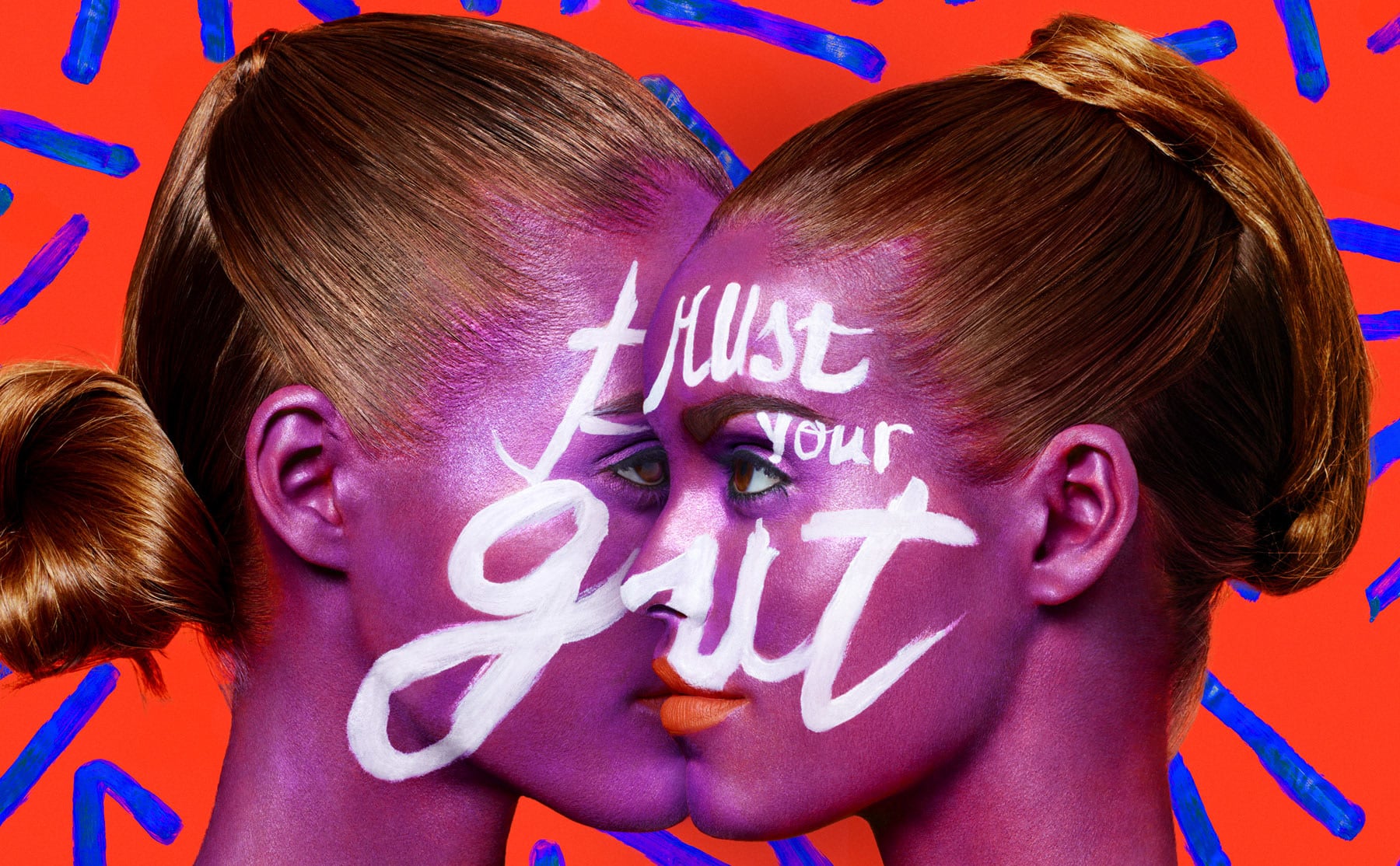
And purely for visual purposes, constraints can be anything at all. Whether you limit your colour palette, or only work with one tool, or even with one shape, self-imposed restrictions will force you outside of your comfort zone and give you unexpected results:
Walsh: The tighter and the more unusual the constraints, the easier it is to do something unique. This applies for any kind of creative work not just design. Most the constraints we set in our work at Sagmeister & Walsh are inspired by the content, the audience, or the location we are designing for.
I will use an example we did at our studio: a rebrand for Appy Fizz (see it on sagmeisterwalsh.com) which is a carbonated apple juice in India. We started by doing mind-maps & word association charts. The liquid is made up of thousands of carbonated bubbles which are circular spheres. An apple is also a circular shape. We kept coming back to the keywords: bubbles, spheres, circles, dots. So we had the idea: what if the entire identity was made out of circular shapes? Everything from the logo to the graphics for TVC, print & digital was made with dots & spheres.
The second constraint we set was the color: we kept the red/black/white which the brand had already established equity in. Don’t change something existing that works well.
The third constraint was that the ads should be able to stand alone without the use of type. It helps to stand out by doing the opposite of what everyone else is doing.
On whether to embrace risk and the unknown future of freelancing, or to work slowly and safely, she answers this question by @jamesllewis:
Q: As a student with one year left, do you advise me to go freelance or play it safe for a few years first in a design company or as an in-house designer?
Walsh: When you’re young it’s more likely you can take risks if you don’t have a family to feed or a mortgage to pay yet. So I suggest not worrying so much about making a huge paycheck right away if you don’t have to. Instead focusing on figuring out what you’re most passionate about. Find the studios or creatives you really admire and look up to, who are doing that kind of work you want to be making one day. Try to work and learn from them, even if it means an internship if you can’t get a job right away.
I found real work experience can often be a better learning experience than education in many cases, there is a huge value to that. I believe most creatives can benefit from working at a studio or underneath a creative with more prominence/experience for at least a few years. In doing this you will likely get to work on larger, more interesting jobs than you’d get on your own right away. You can also build connections and a great portfolio. You can pick up on skills like client/project management, or the business side of running a creative practice.
After a couple of years you will be in a much better position to go freelance. The people who I’ve seen do this often make more money in the long term and create better work as they have more opportunities and options. Of course there are cases of people starting their own studio/freelance practice without ever having worked for someone else. It’s not impossible, but I do think it’s a bit more challenging.
The people I’ve seen who are most successful at this route often develop a very unique skill/differentiated style/or creative product that become known for. If you go this direction, work your ass off and never stop pushing yourself to develop. Put a ton of time/passion/love into your practice. Take advantage of social media and sites like Behance, Workingnotworking or Instagram to showcase your work and create opportunities & connections. Jobs will follow.
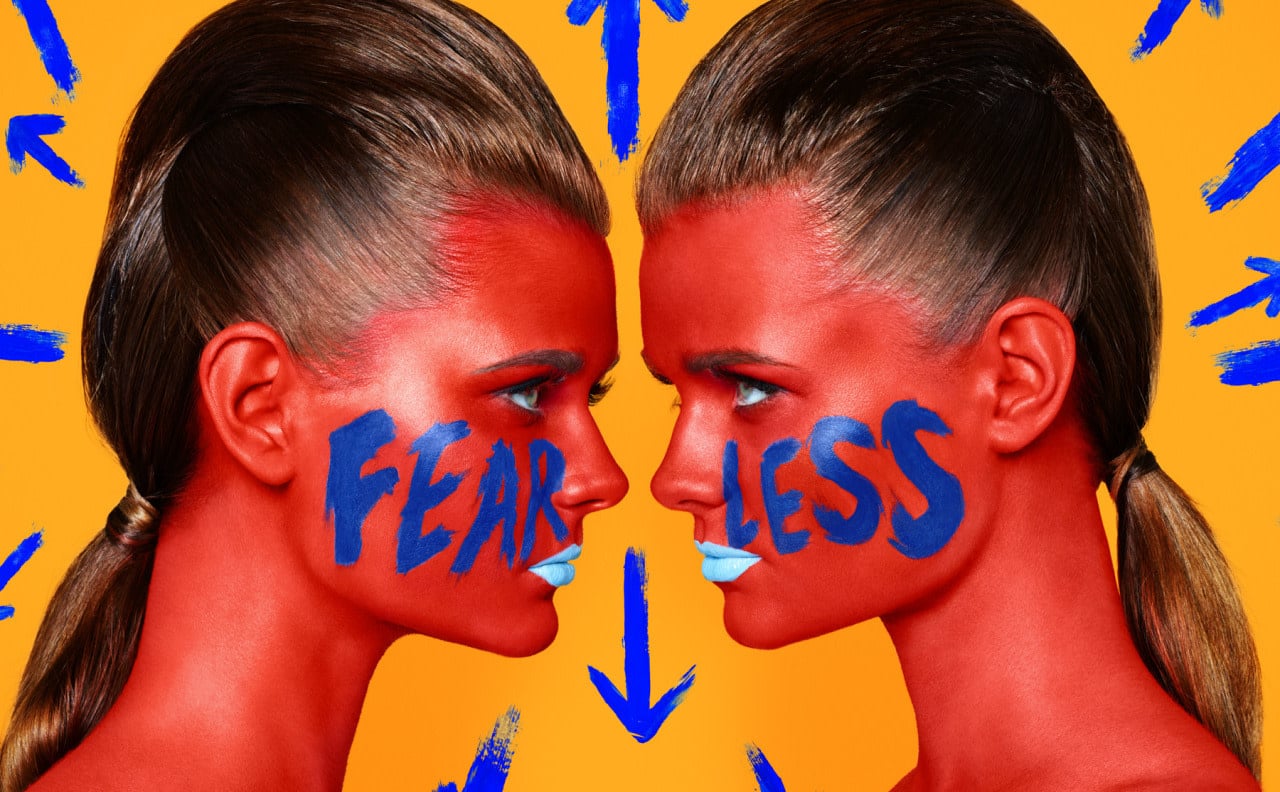
**Walsh is a massive fan of just saying yes, and figuring out how to do it later. Her motto “fake it until you make it” has worked wonders so far, letting her accomplish things many people would be afraid of even attempting. Here’s another question by @thebaggiohotel:
Q: I’d like to hear a piece of wisdom for budding designers out there. What’s been an important part of your process you think others should know? Any secret tips?
Walsh: When I was younger and working at my first jobs out of school, I didn’t really know photography but a few projects came my way that required those skills. All I knew was that the jobs were exciting and I wanted to work on the projects so I rented nice cameras and lenses and taught myself all the techniques and lighting and just figured it out on the floor of my 200 sq. foot bedroom.
When the opportunity came to produce and art direct larger shoots I did the same thing. Nothing is that difficult! Using common sense and google you can figure out how to do almost anything on your own. Don’t wait for people to teach you things and don’t ask your boss 1000 questions that Google can answer just as easily.
Working this way also teaches you to be very resourceful, which I’ve found to be a rare skill . So my advice is to not be timid, figure things out and create your opportunities. No one knows 100% knows what they are doing, everyone is figuring out things as we go.
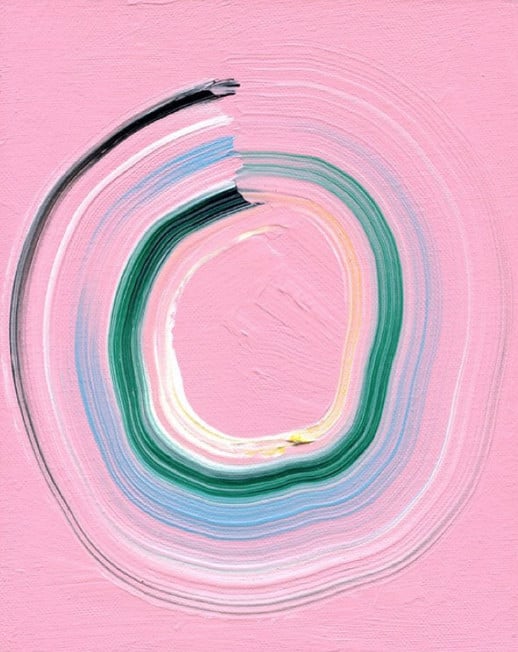
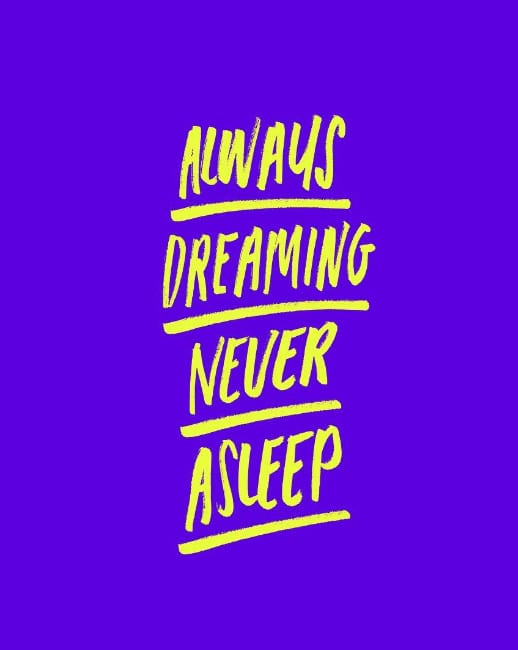
On the importance of a work/life balance, and how to keep a clear divide between personal and professional worlds. A question from @pablomadrid_es:
Q: How do you manage your time in terms of life/work? Do you find time to develop your personal life? Is sacrificing your personal life necessary to reach your goals professionally?
Walsh: Personally I don’t believe in the necessity of life/work boundaries. I believe those boundaries are important for people with 9-5s who are uninspired or unchallenged by their work. I don’t see my work as a job, I see it as a calling, as a lifelong practice.
Even when I was just starting out in my career doing crazy all-nighters and grunt work, it was all exciting to me as it was part of the process of getting me to where I wanted to be. I was eager to learn and grow and loved the journey, so I’ve never seen the long hours as sacrifice.
Now that I run a studio, I really have flexibility and options. I do make time for friends and family. I do party occasionally! However I still choose to work a ton, more than most, even on nights and weekends. I choose this as it continues to be fun, interesting and challenging.
Most my friends are creative, so even in my “free time” when I am out, we’re often bouncing around creative ideas. Life is work is life is work is life. It’s one big blur!
Is this level of time commitment necessary to get to where you want to be professionally? Not at all. It depends on your goals of course, but I know plenty of people who like their boundaries but still have successful careers.
I also know plenty of people who don’t love their jobs but find fulfillment in hobbies or their personal lives, that’s awesome too. There is no right answer to how to live your life, how much or little to work, or what your version of success should be.
Follow Jessica Walsh on Instagram for more #jessicaAMAmondays.
All images via @jessicavwalsh.
